Proper Techniques for Homemade German Pretzels
11 min read Learn authentic methods to craft perfect homemade German pretzels with traditional techniques and expert tips. July 01, 2025 18:05
Proper Techniques for Homemade German Pretzels
The aromatic allure of a freshly baked German pretzel is nothing short of irresistible. With their glossy, deep amber crust and soft, chewy interior, these iconic bread symbols are more than just snack foods—they carry centuries of tradition, storytelling, and cultural heritage. Baking pretzels at home is an intimate journey into German culinary craftsmanship, a dance of simple ingredients elevated through age-old techniques passed down through generations.
In this article, we’ll explore not only the how but the why behind each step, revealing proper techniques to help you craft authentic, crave-worthy pretzels—crispy on the outside, tender on the inside, with that signature salt-sprinkled crust. Whether you’re a seasoned baker or a curious gastronome eager to experiment, mastering these methods will bring a slice of Bavarian tradition into your kitchen, making every bite a celebration of culture and craftsmanship.
Understanding the History and Cultural Significance of German Pretzels
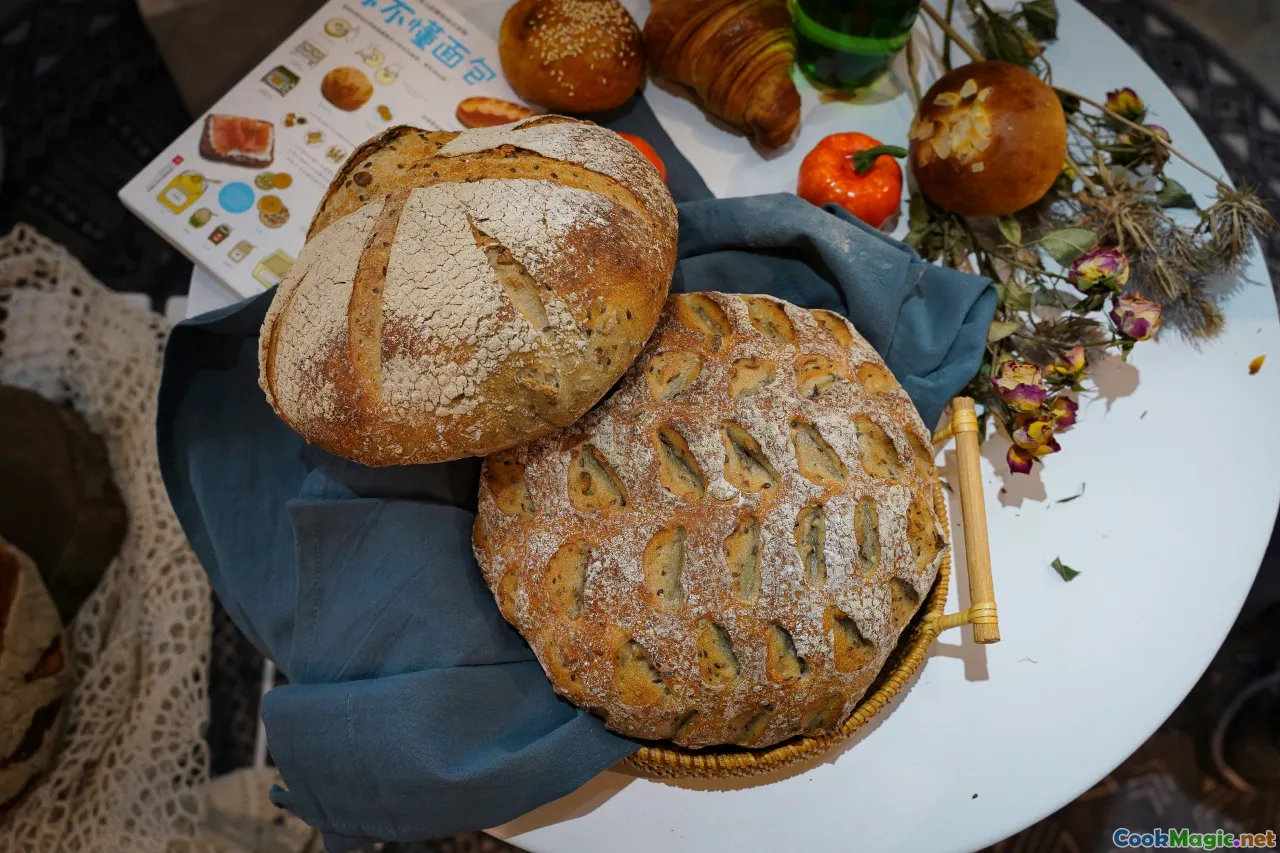
German pretzels, known as Brezn in Bavarian dialect, have roots that stretch back over 1,200 years. Historically, they are intertwined with Christian traditions—rumored to have been invented by monks as a symbolic gesture, with their twisted shape resembling hands in prayer. Over centuries, they became emblematic of Bavarian identity, especially during Oktoberfest, where their inviting aroma wafts through the beer tents, mingling with the scent of roasted sausages and flowing ale.
Culinary reflections of regional pride, authentic pretzel recipes emphasize simple, wholesome ingredients—flour, water, yeast, and salt—transformed through skillful techniques into edible art. Their cultural resonance extends beyond Germany, symbolizing hospitality, conviviality, and craftsmanship. Baking genuine pretzels at home is an homage to these traditions and an opportunity to connect emotionally with centuries of history.
Key Ingredients and Their Role in Achieving Authenticity
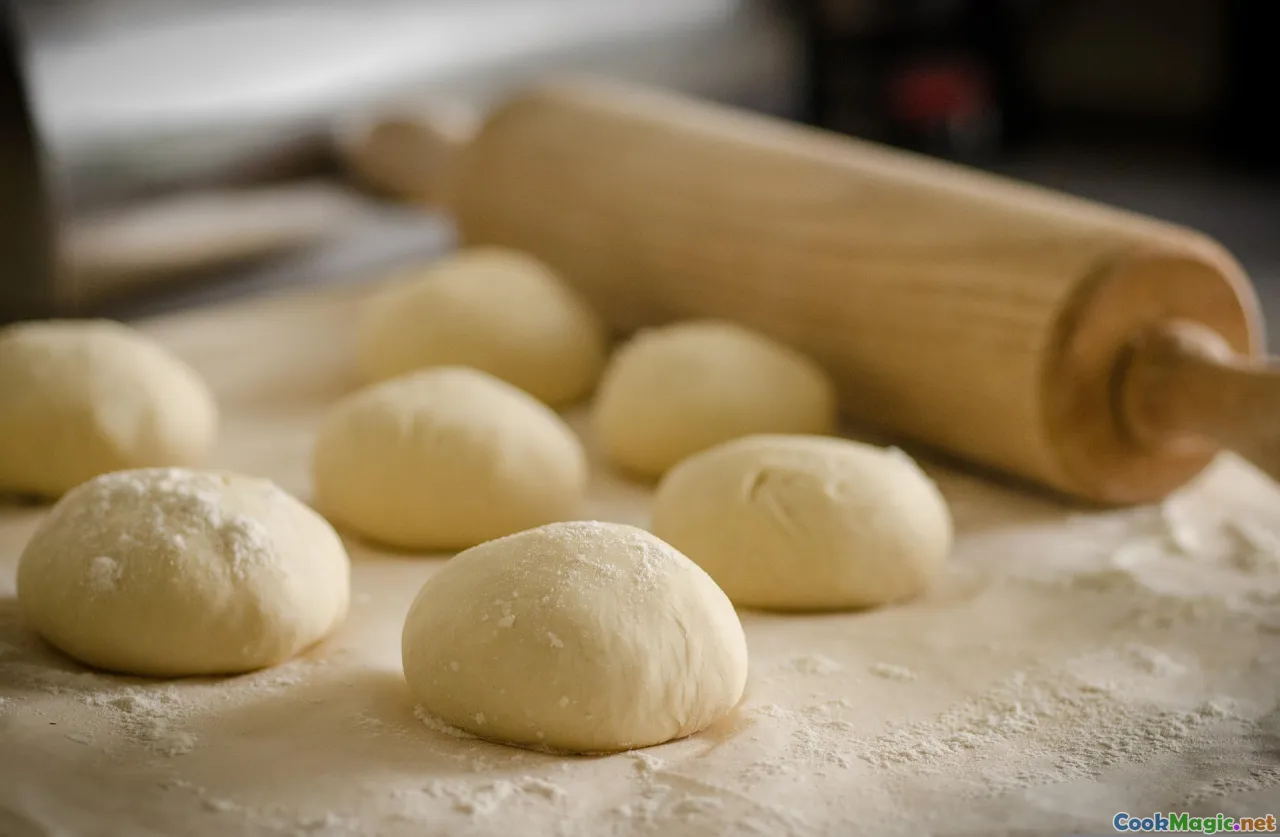
Foremost among the secrets of German pretzels are the quality and handling of key ingredients:
- Flour: A high-protein bread flour is essential for achieving the characteristic chewiness. Select a brand with strong gluten development to ensure elasticity.
- Water: Lukewarm, pure water helps activate the yeast and ensures the dough's proper rise.
- Yeast: Use active dry or fresh yeast, thoroughly proofed until bubbly—you want lively yeast to develop flavor and rise.
- Salt: Besides seasoning, salt strengthens gluten structure, leading to a better texture.
- Baking Soda (for alkaline bath): Crucial to creating the 'pretzel crust'—a lye or baking soda solution imparts that shiny, mahogany sheen and distinctive flavor.
Personal insight: When sourcing ingredients, opt for organic or high-quality flours, and always proof your yeast in warm water with a pinch of sugar to ensure activity before mixing.
Step-by-Step Technique for Making Authentic Pretzels
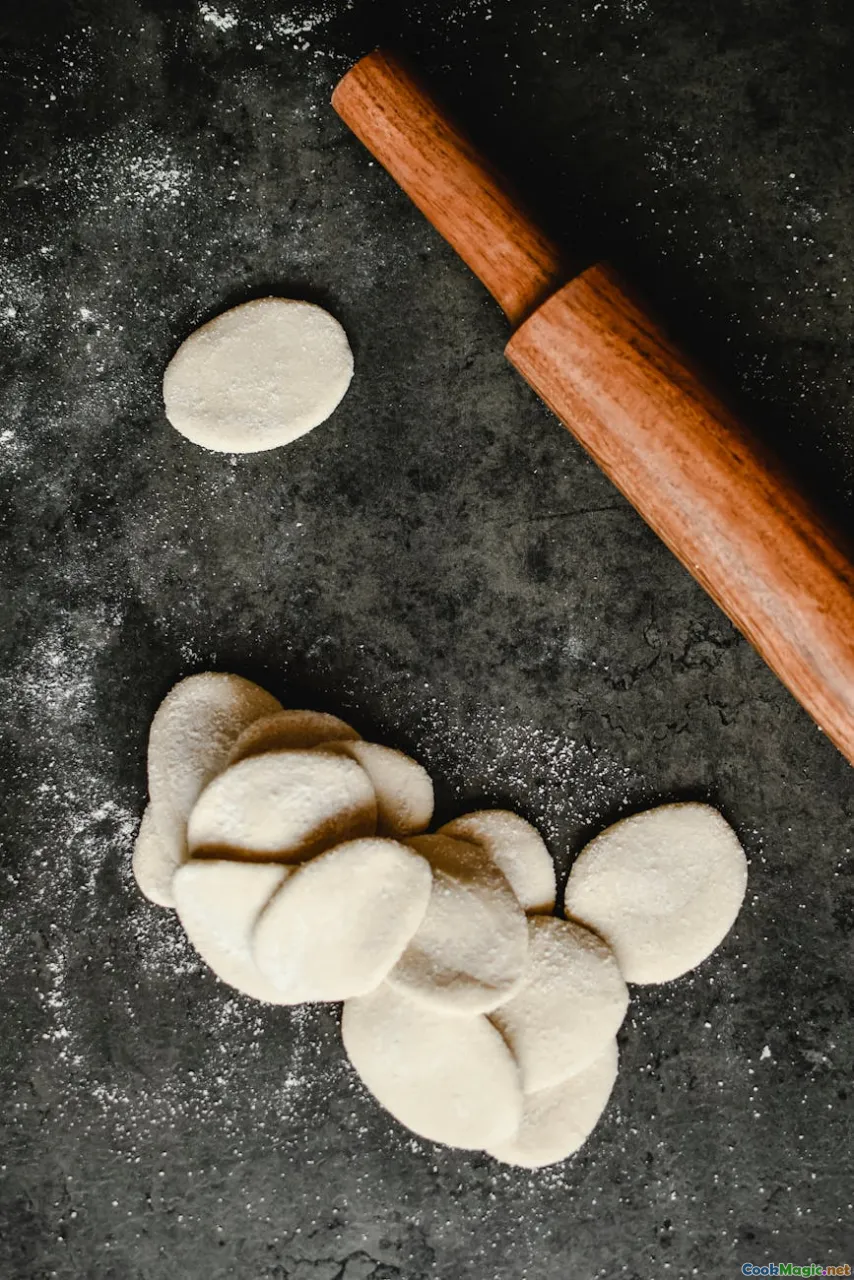
1. Preparing the Dough
Begin by combining 4 cups of high-protein bread flour with 1 teaspoon of salt in a large mixing bowl. In a separate small bowl, warm 1 ¼ cups of water to about 110°F (43°C). Dissolve 2 ¼ teaspoons of active dry yeast and a pinch of sugar in the water. Let sit for 5–10 minutes until foamy. Pour the yeast mixture into the flour along with a tablespoon of vegetable oil.
Mix with a spoon or dough hook until a shaggy dough forms, then knead by hand or using a mixer with a dough hook for about 10 minutes until smooth, elastic, and slightly tacky but not sticky. Proper kneading develops the gluten network necessary for that perfect chew.
2. Fermentation and Resting
Place the dough in a lightly oiled bowl, cover with a damp cloth or plastic wrap, and let rise at room temperature for 1 hour or until doubled in size. This fermentation creates flavor complexity and a tender crumb.
3. Shaping the Pretzels
Punch down the dough gently, then divide into 8–10 equal sections. Roll each piece into a long rope about 20–24 inches long. To shape, form a U-shape, then cross the ends over each other, twisting once to double the length, and press the ends onto the bottom part of the U to form the iconic pretzel shape.
Personal tip: Use a floured surface and your hands to maintain the shape and prevent sticking.
4. Creating the Alkali Bath
Combine 4 quarts of water with ½ cup of baking soda in a large, heavy-bottomed pot. Bring to a gentle boil. Using a slotted spoon or spatula, dip each pretzel into the boiling solution for about 30 seconds. This step is crucial in developing that signature shiny, salty crust.
Note: Baking lye is traditionally used but is hazardous; baking soda provides a safer alternative with excellent results for home baking.
5. Baking and Finishing
Preheat your oven to 450°F (232°C). Arrange the pretzels on a parchment-lined baking sheet. Brush with an egg wash (1 beaten egg mixed with a teaspoon of water) for extra shine. Sprinkle generously with coarse sea salt.
Bake for 12–15 minutes, or until deeply golden and shiny. Remove from oven and let cool slightly.
Tips for Perfecting Your Pretzel Technique
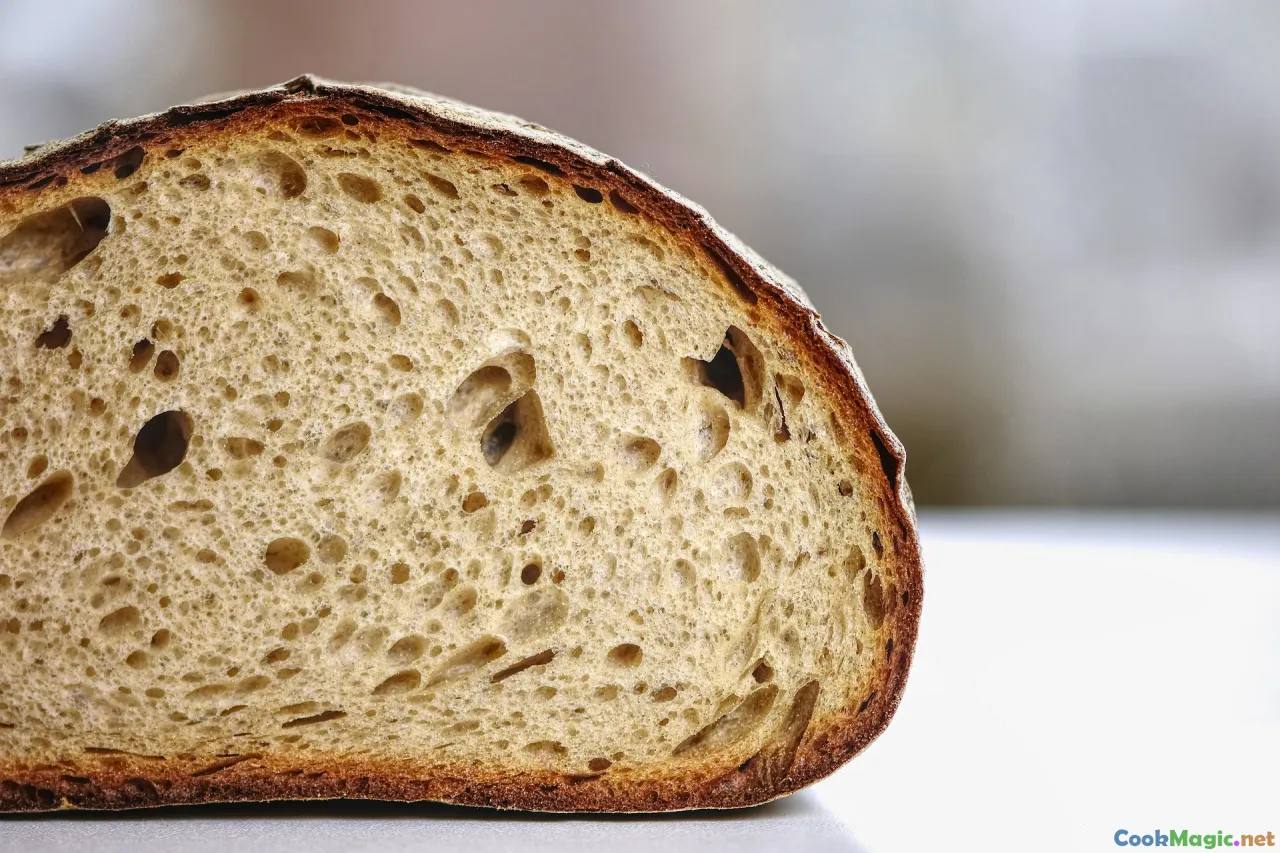
- Consistent dough hydration: Too much water results in sticky dough; too little, a dense pretzel. Aim for a dough that’s soft but manageable.
- Proper kneading: Developing gluten is key for elasticity—use the windowpane test (stretch a small piece of dough into a thin, translucent membrane) to check.
- Alkali bath timing: Don’t dip too long; 30 seconds is optimal. Over-immersion can lead to an overly bitter crust.
- Baking temperature: A hot oven ensures a quick rise and caramelization, creating that irresistibly shiny crust.
- Salt application: Use coarse sea salt for texture and that distinct pretzel seasoning.
Personal anecdote: I recall visiting a traditional Bavarian bakery near Munich just before dawn; the baker, with expert strokes, dipped each pretzel with a flourish. That mastery translates into why proper technique matters—practice makes perfect, and every step impacts the final flavor and texture.
Common Mistakes and How to Avoid Them
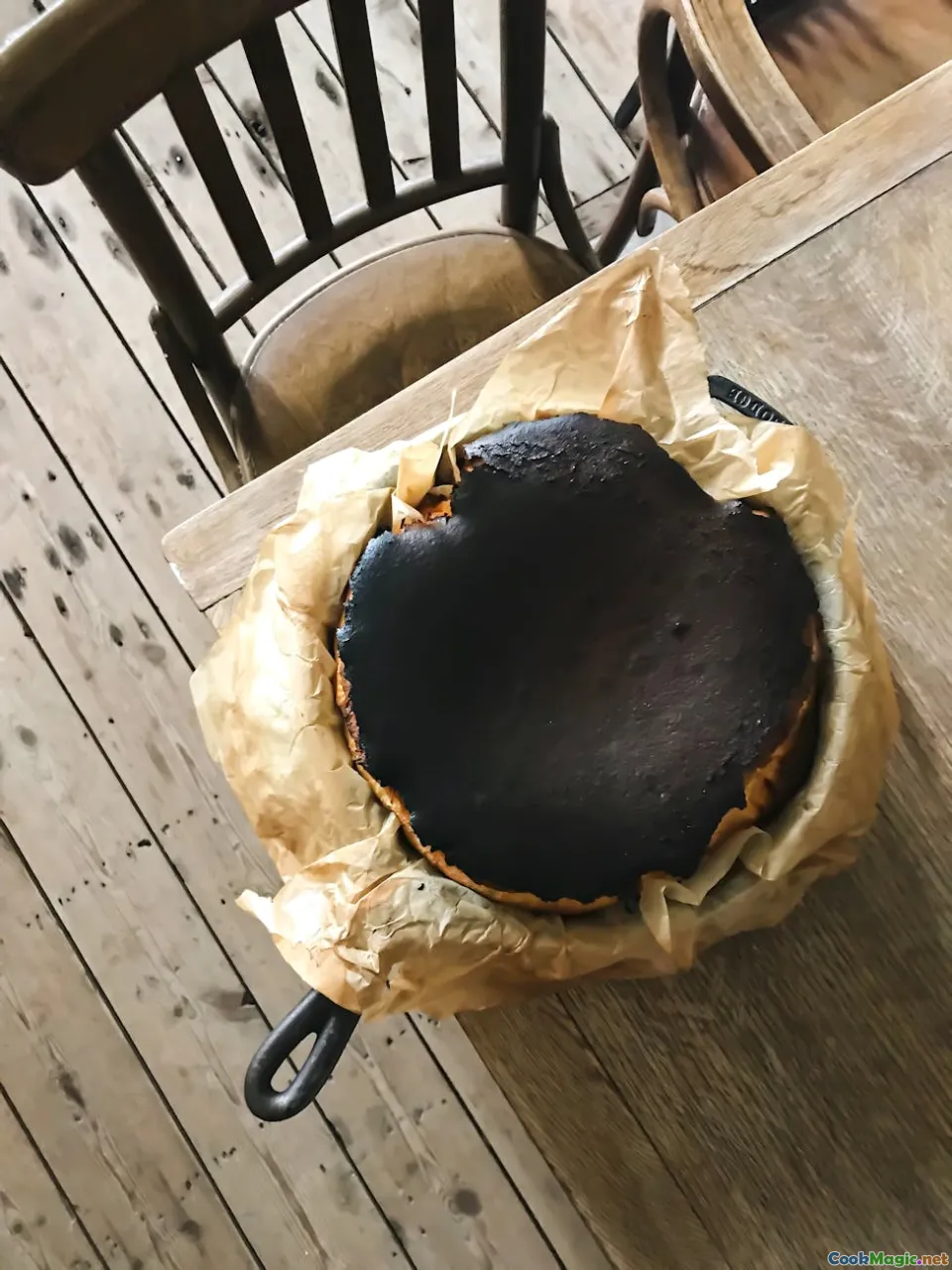
- Under or Over boiled pretzels: Insufficient boiling yields dull, pale crust; overboiling makes pretzels slimy or tough. Time accurately!
- Skipping the dough proof: Rushing fermentations results in flat, dense pretzels. Patience is essential.
- Poor shaping technique: Uneven shapes bake unevenly. Use guides or practice until confident.
- Inconsistent salt sprinkling: Too little salt diminishes flavor; too much can be overpowering.
Embracing Variations and Personal Touches
While the classic pretzel is a timeless symbol, personal flair can infuse your baking:
- Varying toppings: Add poppy seeds, sesame seeds, or caraway for regional twists.
- Sweet versions: Incorporate cinnamon sugar or chocolate chips for a twist on tradition.
- Different fillings: Think cheese-stuffed or sausage-topped pretzels as savory indulgences.
Remember, the authenticity lies not only in the ingredients but in respecting the technique that transforms humble dough into something magical.
Baking homemade German pretzels is a deep-seated art of patience, precision, and passion. Each twist and turn of the dough is a nod to centuries of Bavarian heritage, offering you a taste of tradition with every bite. So roll up those sleeves, embrace the process, and savor the unparalleled joy of baking an authentic pretzel—where crunchy, chewy, salty, and savory worlds collide in perfect harmony.
Enjoy your journey into German baking mastery—your kitchen is now the new Bavarian bakery, and seasoned pretzels are your souvenir!









